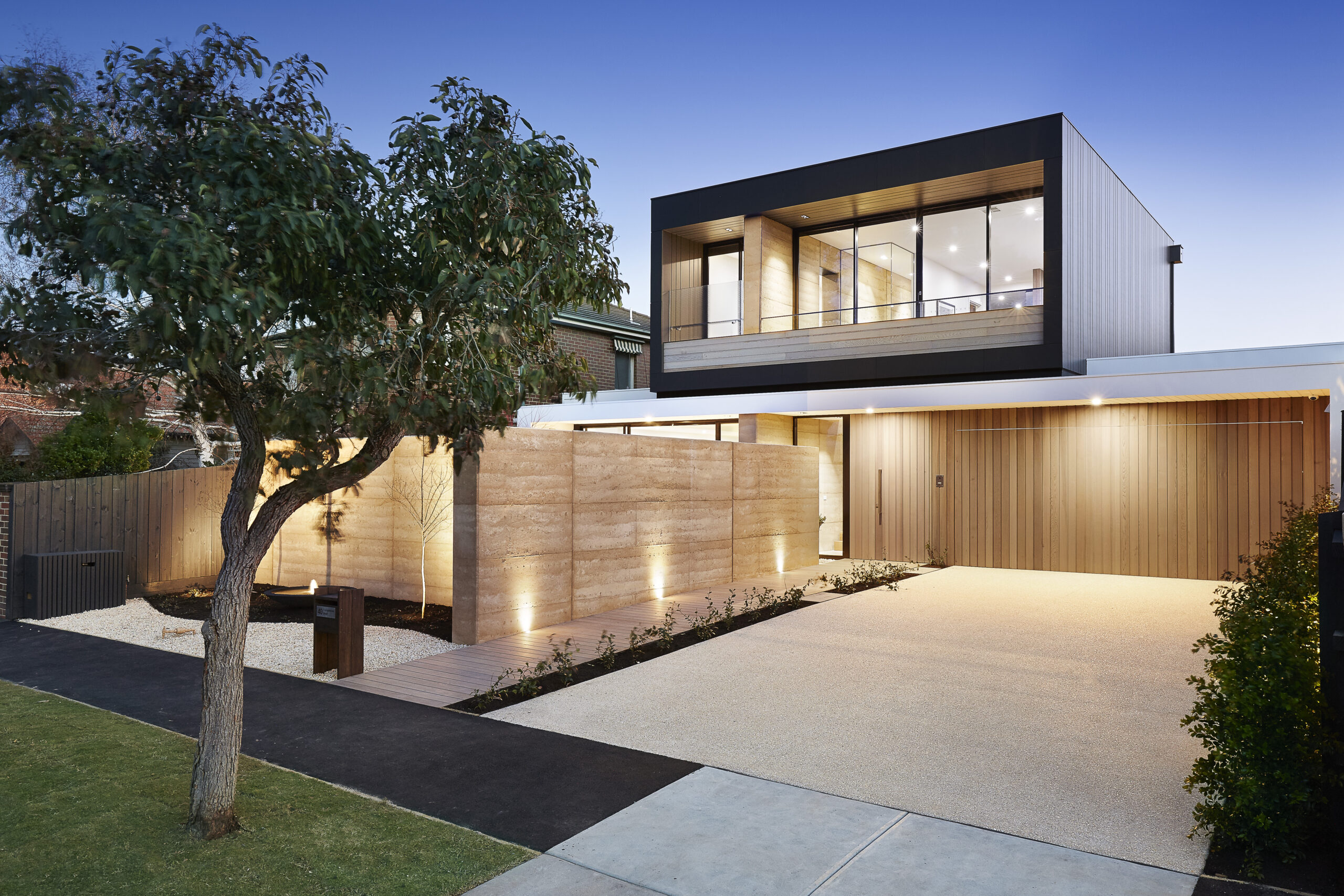As the world increasingly prioritizes sustainability, the construction industry is undergoing a significant transformation. One of the most promising innovations in this field is Biowood, a sustainable material that is making waves in the Philippine market. This article explores how Biowood is influencing construction practices and contributing to a greener future.
What is Biowood?
Biowood is an eco-friendly alternative to traditional wood, made from recycled materials such as sawdust and plastic. This composite material not only mimics the appearance of natural wood but also offers enhanced durability and resistance to weathering. By utilizing waste products, Biowood significantly reduces the environmental impact associated with deforestation and waste disposal.
Benefits of Biowood in Construction
Sustainability
Biowood’s manufacturing process is intended to reduce waste and encourage recycling, making it an important participant in sustainable construction. Biowood decreases the demand for virgin resources by using recycled materials such as wood scraps and plastics, so helping to conserve forests and lessen environmental impact.
This unique solution not only reduces material costs, but it also promotes the circular economy by ensuring that trash is utilized rather than dumped. As a result, Biowood is perfectly aligned with the principles of sustainable construction, offering builders and consumers an environmentally responsible alternative that contributes to a healthier planet while preserving excellent quality and durability.
Durability
Unlike traditional wood, Biowood is highly resistant to rot, termites, and moisture, making it ideal for the Philippines’ humid climate. Traditional wood frequently succumbs to these environmental difficulties, resulting in costly repairs and replacements over time. In contrast, Biowood’s composite structure offers longevity and durability in a wide range of applications, including outdoor decking and interior furnishings.
This resistance to damage not only extends the life of structures, but also decreases the need for chemical treatments that are commonly used to protect wood. As a result, builders and homeowners may have peace of mind knowing that Biowood will survive the environment while remaining visually appealing.
Aesthetic Appeal
Biowood is available in a variety of hues and treatments, giving architects and designers the freedom to build visually attractive structures that reflect their aesthetic aspirations. This versatility allows professionals to combine Biowood into a wide range of architectural styles, from modern to classic, while maintaining sustainability.
The material can be modified to look like genuine wood while still being durable and low-maintenance. By using Biowood, designers may create stunning, eye-catching designs that appeal to ecologically aware clientele. This ideal combination of beauty and sustainability makes Biowood an appealing choice for innovative construction projects.
Low Maintenance
Biowood requires less maintenance than standard wood, which benefits both builders and homeowners. Unlike traditional wood, which frequently requires regular treatments, staining, and sealing to maintain its beauty and structural integrity, Biowood is intended to resist the weather with no intervention.
This low-maintenance feature not only saves time for homeowners who want to enjoy their areas without continual upkeep, but it also lowers labor expenses for builders. Furthermore, the endurance of Biowood requires fewer repairs and replacements over time, allowing for more efficient resource allocation. Finally, adopting Biowood provides a more convenient and cost-effective choice for sustainable construction projects.
How Biowood is Transforming the Philippine Market
Growing Awareness
As customers become more conscious of environmental issues, they are actively seeking sustainable choices for their construction and renovation projects. This shift in mentality has resulted in a substantial demand for environmentally friendly materials, leading builders to adjust their processes accordingly.
By using Biowood in their products, builders can effectively attract eco-conscious customers that value sustainability in their purchasing decisions. This not only improves the builder’s reputation as a responsible and forward-thinking professional, but it also helps them to target a rising consumer group that prioritizes environmental stewardship. Finally, adopting Biowood positions builders as innovators in the move to greener construction practices.
Innovative Applications
From residential homes to commercial buildings, Biowood can be used in a variety of applications, including decking, cladding, and furniture. Its versatility makes it a popular choice among architects.
Key Takeaway
Biowood is a cutting-edge material in the Philippine market as sustainability in construction gains traction. Biowood, which is made from recycled plastic and sawdust, has better weather resistance and endurance than real wood. Its environmentally friendly production method supports recycling and lowers the need for virgin resources, which is consistent with sustainable building methods.
Because of its adaptability, biowood may be utilized for a variety of purposes, including furniture and decking, which appeals to both builders and architects. By using Biowood, the building sector may reduce maintenance costs, improve aesthetic appeal, and satisfy customer demand for environmentally friendly materials—all of which will help create a better future.
